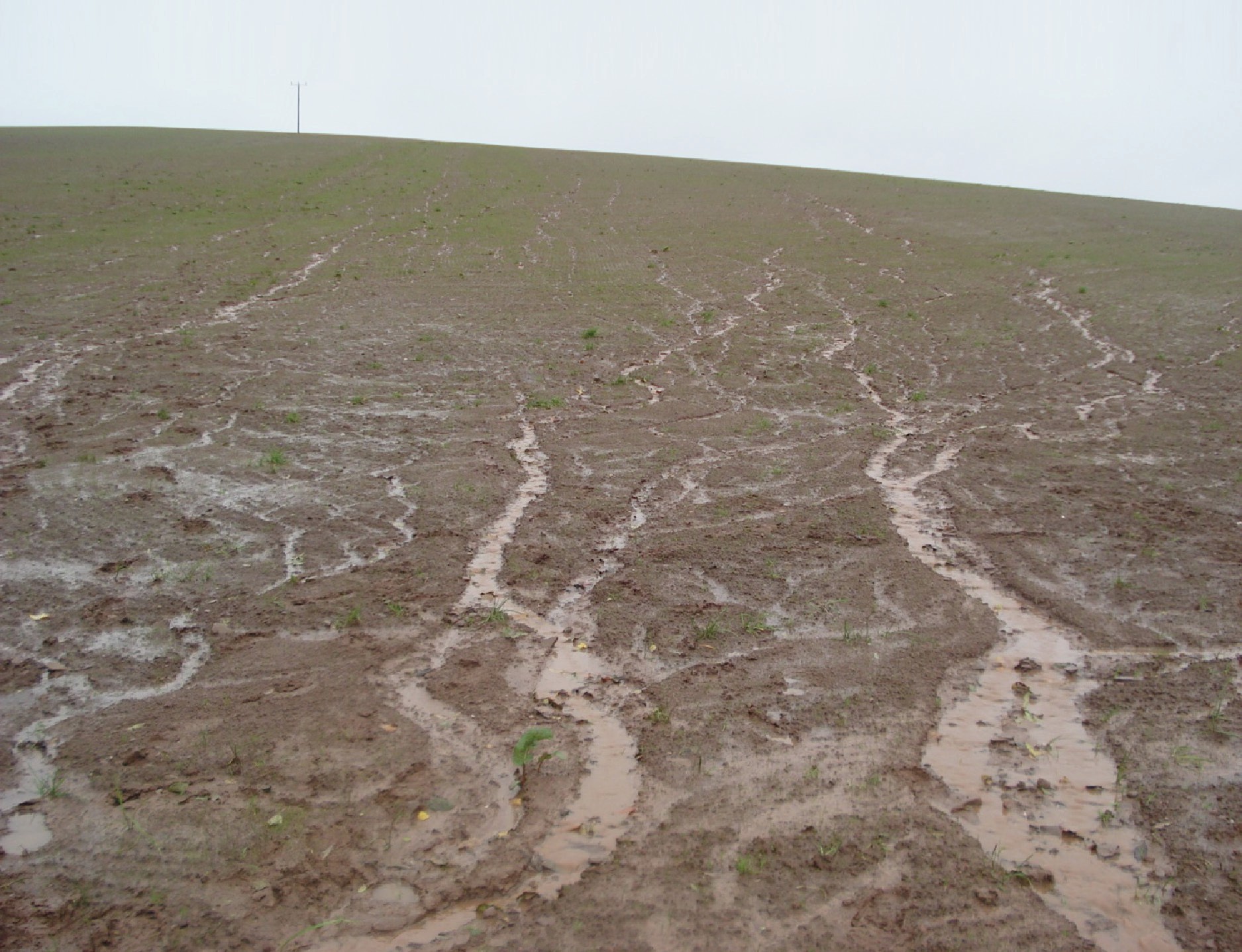
Soil is fundamental to human life. It provides a basis for growing the food we eat and the wood on which we rely for construction materials and paper, and it plays a vital role in the hydrological cycle. Any threat to soil is a threat to the very existence of humankind. The upper layers of soil may be eroded by water, wind or ploughing, threatening its sustainability. Soil erosion by water is the most serious form of erosion worldwide, and is affecting global food production, at a time when the demand for food is increasing due to population pressure.
The tropics and subtropics, where rainfall is intense and soils are cultivated to grow cash crops, are worst affected. This case study of agricultural fields in the north of Ireland shows that soil erosion by water can also occur in areas of the world where soils are thought to be stable.
Your organisation does not have access to this article.
Sign up today to give your students the edge they need to achieve their best grades with subject expertise
Subscribe




